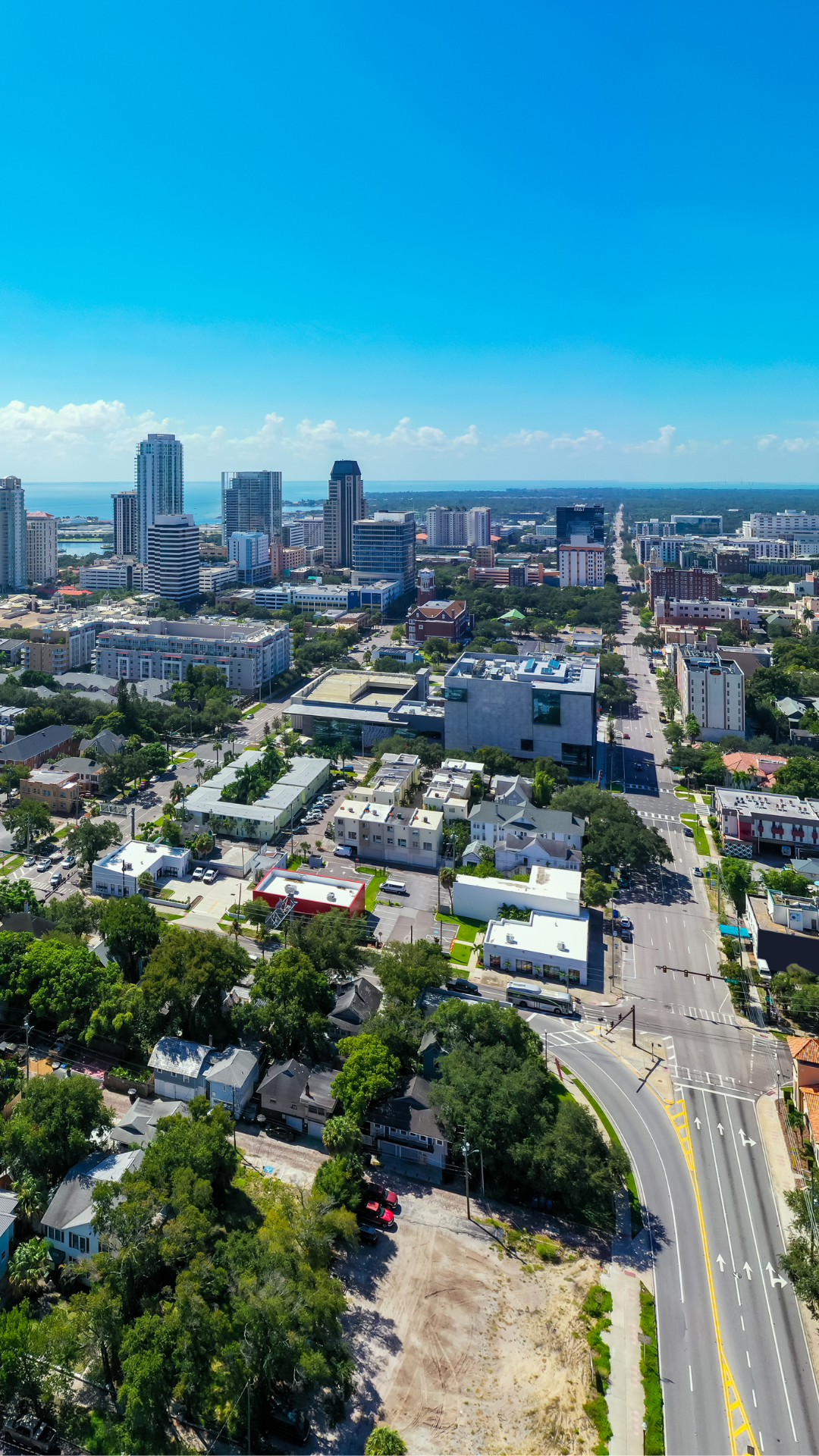
Creating a complete community means having a balance of living wage jobs, attainable housing, and good transportation options. Pinellas County continues to attract new residents, jobs, and more visitors each year. In 2005, local leaders adopted “Pinellas by Design: An Economic and Redevelopment Plan for the Pinellas Community,” which created the framework for ensuring economic prosperity and high quality of life for years to come by making redevelopment a key part of its growth management strategy.
Project Contact: Jared Austin
Email: jaustin@forwardpinellas.org
Phone: 727.464.5643

The Challenge
While the Pinellas by Design framework and its subsequent updates still hold true, the lack of vacant land available to build new residential is creating a housing affordability crunch. To address rising housing costs statewide, Florida’s H.B. 1339 makes it easier for developers to convert non-residential parcels to residential use to build more workforce and affordable housing. Additionally, the County has set a goal of creating 1,000 new affordable units annually and set aside a notable amount of funding to do so. Both efforts have the potential to positively influence the supply of attainable housing, but in doing so, there is concern about the loss of land to support targeted industry job growth and diversification.
Additionally, the nature of work is changing. The influence of artificial intelligence and automation, the shifting landscape of retail, the impacts COVID and cross-sector labor shortages have many questioning the future of work. Specifically, how are the physical spacing needs, location preferences and worker profiles changing for different industries? How many employees, at what wage rates and educational levels are needed to support the county’s targeted industry growth goals? Where might those workers want to live and how will they get to work? Fundamentally, how can the Pinellas community meet the future needs of the modern workforce? Answering these questions is fundamental to ensuring that County can proactively refine its policies and other initiatives around economic development, land use, housing, and transportation to ensure continued prosperity and high quality of life for generations to come.
The Opportunity and Path Forward
This study provides an opportunity to answer the questions above, engage key stakeholders and create a holistic set of policies aimed at syncing up the county’s plans for housing, job growth and transportation. Many of the target industry employers in the County have traditionally located in suburban industrial clusters, mixed-use suburban activity centers and investment corridors, as well as in urban areas like St. Petersburg. As desired building specifications for industrial tenants and office workers evolve, the key question is whether these areas will remain attractive and viable against continued residential demands. The first step in this project is to validate employment space and location needs to quantify future demand. This information can then be used to assess availability and suitability for the land and location needs of the target industries, and consider housing and transportation options to support employment growth.






